Editorial: Orlando should fight back against rainbow-crosswalk ban
Published in Op Eds
Welcome to 2025, where a memorial to a searing tragedy is deemed to be a political message, and improvements proven to make intersections safer are banned in the name of safety.
That’s the message behind the Trump administration’s evidence-bare attack on art painted on the asphalt of intersections. It’s a blow that hits particularly hard in the heart of downtown Orlando, where street art abounds, and one particular piece acts as a pavement-level tribute to a city’s broken heart.
Yes, street art is the greatest threat U.S. Transportation Secretary Sean Duffy can conceive of at this moment — so very urgent that he is giving states 60 days to tell the federal government how they plan to come into compliance. His July 1 letter to the nation’s governors tries to convince readers that this burning urgency is borne of a sincere desire to protect the nation’s drivers and pedestrians and blah blah blah.
Typically for this administration, Duffy couldn’t stick to the script on social media. “Taxpayers expect their dollars to fund safe streets, not rainbow crosswalks,” he posted. “Political banners have no place on public roads. I’m reminding recipients of @USDOT roadway funding that it’s limited to features advancing safety, and nothing else. It’s that simple.”
Rainbow crosswalks. Political banners. At least Duffy had the minimal self-awareness not to mention his long-held animus to any street slogans suggesting that Black lives matter. (Though his history of blundering bigotry in that realm is readily available to anyone who knows how to use Google.) And yes, of course there’s a veiled threat in his message: Loss of federal funding, which makes up a major portion of state and local highway budgets — though little of it is spent at the kinds of local-street intersections Duffy is so upset by.
Across a city’s heart
That brings us to Orlando, and this city’s rainbow crosswalk, which now needs defending.
It’s on Esther Street, near Orange Avenue. It marks a place where young people once walked, with one thing on their minds — to dance and have fun at a nightclub that welcomed an LGBTQ-friendly, ethnically diverse clientele. It’s also remembered as an intersection that, on one terrible night, was painted in flashes of blue and red by police cars and ambulances.
Today, that crosswalk is part of the tribute to the June 2016 Pulse nightclub shootings that shattered and remade the greater Orlando area. It is meant to be part of the permanent memorial that the city is planning.
Blasting it away would be like ripping a bandage off a still-bleeding wound. The Pulse massacre fundamentally re-wrote Orlando’s emotional DNA: From that day, city officials worked with business and civic leaders to make it clear that this was a place where everyone was welcome, and where hate would not flourish unchecked.
That’s the first reason that state and city officials should push back against Duffy’s foolish urgency.
No threat, no evidence
Here’s the second: There’s no compelling evidence that street paintings do anything to make intersections more dangerous.
In fact, there’s a good body of experience and data suggesting just the opposite: That street art grabs the attention of distracted drivers. They see the paintings and then they see the people walking across the paintings, or cars entering the intersection. One study, by Bloomberg Philanthropies, tied road art projects to a 50% decrease in crashes involving pedestrians or cyclists, a 37% decrease in crashes leading to injuries, and a 17% drop in the overall total of accidents.
To be fair, Bloomberg helped fund the road-art installations it studied. But the foundation concluded that its money was well-spent. That has inspired some truly lovely installations in Orlando’s downtown streets, efforts fully embraced by the Downtown Orlando organization as well as MetroPlan Orlando, the regional transportation-planning agency.
Not surprisingly, Duffy’s letter landed right about the same time as a missive from the state Department of Transportation, urging Florida communities to comply. The Florida DOT, writing to the city of Orlando, noted that surface markings must “serve a functional, safety-related purpose.” Well, there’s ample evidence that road art does just that. Case closed.
But if anyone needs more evidence, here’s one more expert voice to consider: The Federal Highway Administration’s Manual on Uniform Traffic Control Devices, which has this to say about road art: “The FHWA’s position has always been, and continues to be, that subdued-colored aesthetic treatments between the legally marked transverse crosswalk lines are permissible, provided that they are devoid of retroreflective properties and that they do not diminish the effectiveness of the legally required white transverse pavement markings used to establish the crosswalk.” They even have an official color palette — which, as the city points out, all Orlando street art conforms to.
Nobody really believes that paint on pavement constitutes any kind of legitimate hazard. Strip away that pretense, and the real purpose comes clear: The administration wants to erase cities’ signs of pride and tolerance, and defiance is the only legitimate response.
____
The Orlando Sentinel Editorial Board consists of Opinion Editor Krys Fluker, Executive Editor Roger Simmons and Viewpoints Editor Jay Reddick. Contact us at insight@orlandosentinel.com
©2025 Orlando Sentinel. Visit at orlandosentinel.com. Distributed by Tribune Content Agency, LLC.
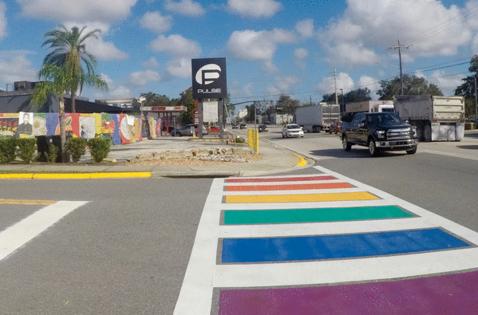


















































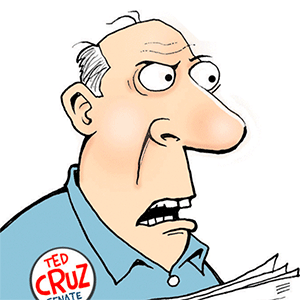
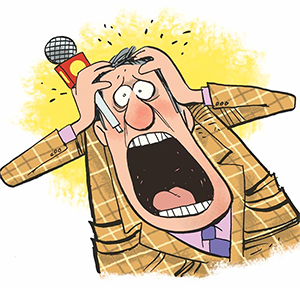
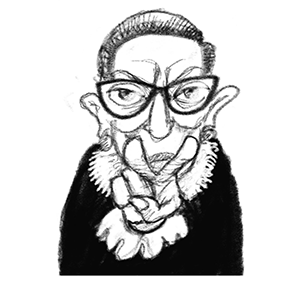
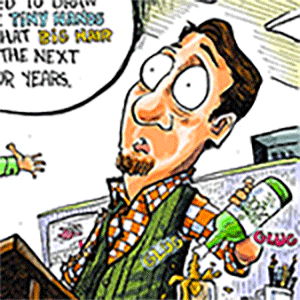
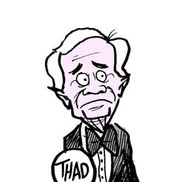
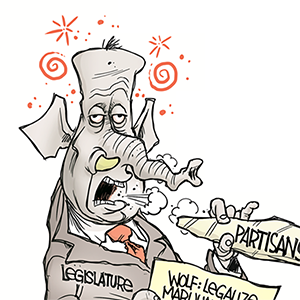
Comments